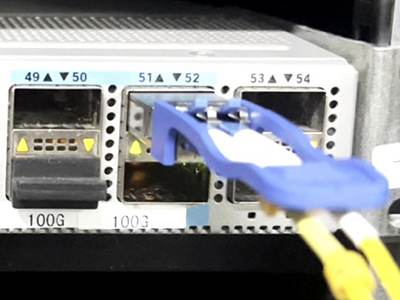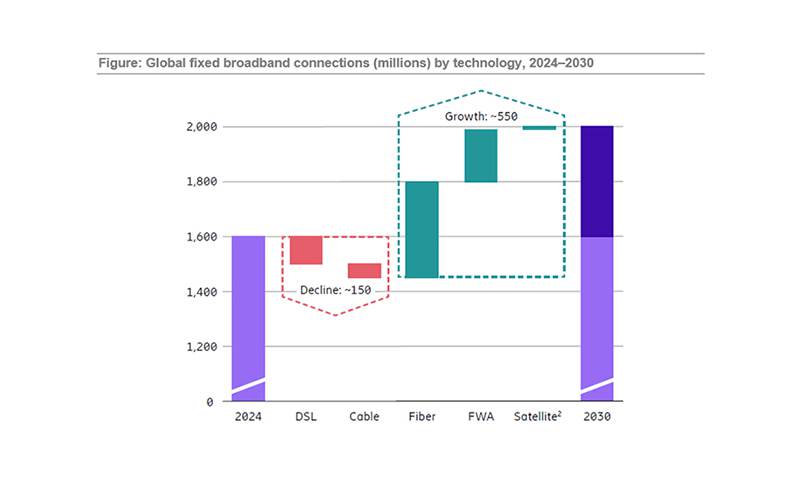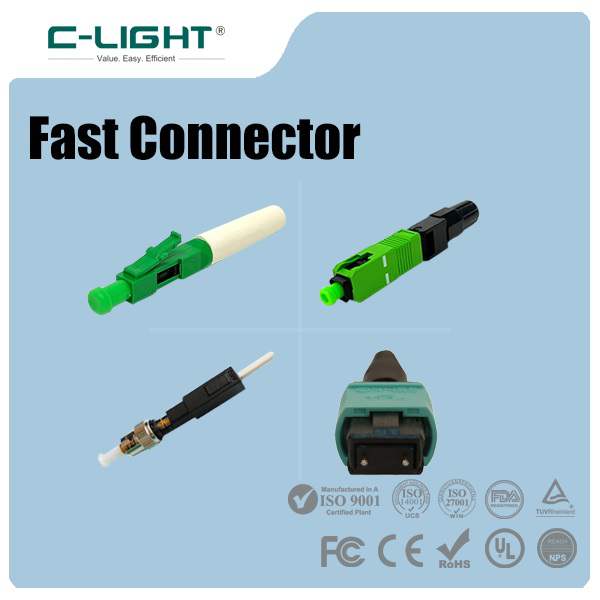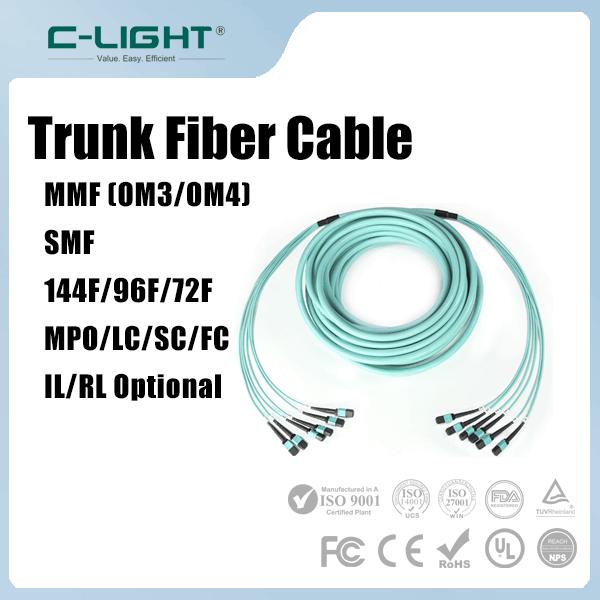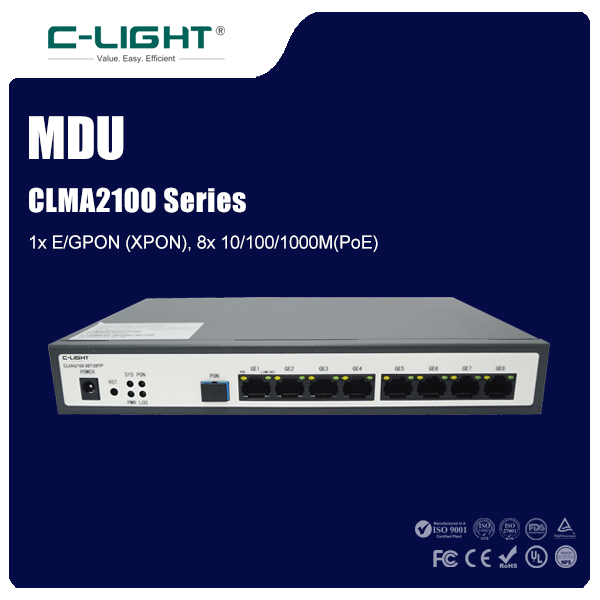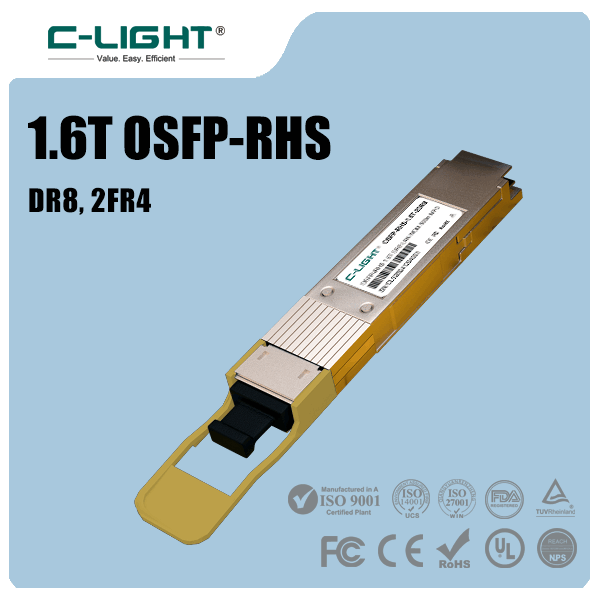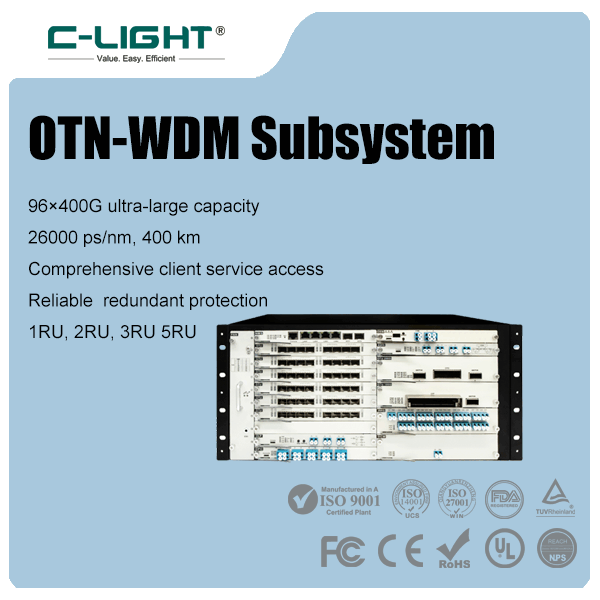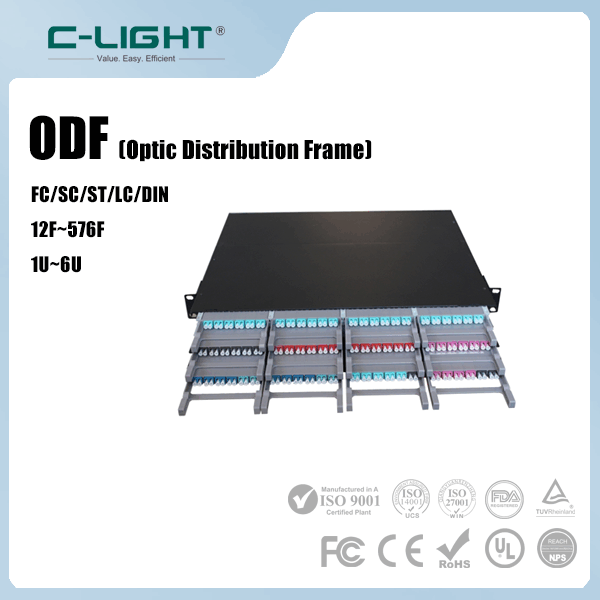Dense Wavelength Division Multiplexing (DWDM) 400G technology represents a significant breakthrough in optical communications, designed to meet the surging demand for global data traffic.
This technology transmits multiple 400Gbps channels over a single optical fiber, significantly enhancing network capacity and efficiency.
Key Technological Advancements
Coherent Optics: Modulation formats like DP-16QAM (Dual-Polarization 16-Quadrature Amplitude Modulation) are adopted, combined with Digital Signal Processing (DSP) to effectively compensate for signal impairments over long distances, such as chromatic dispersion and polarization mode distortion
Pluggable Optical Modules: Modules such as QSFP-DD packaged 400G ZR and 400G DWDM ZR+ support 400Gbps data transmission over distances of 80km to 120km. They offer advantages like low power consumption (typically<22w) and="" compact="" size="">
Flexible Grid Technology and Bandwidth Expansion: Support for C-band and L-band transmission expands spectrum utilization to 12THz, enabling up to 192 wavelengths per fiber and pushing transmission capacity beyond 100Tbps
Forward Error Correction (FEC): Advanced algorithms like oFEC (open FEC) and C-FEC (Cascaded FEC) are employed to enhance error correction capabilities, enabling reliable transmission over longer distances
Global Market Prospect Analysis
The DWDM 400G equipment market is experiencing rapid growth, driven by factors such as "East Data West Computing" initiatives, AI large models, and 5G deployment.
Market Size and Forecast
The global optical DWDM equipment market is projected to reach $18 billion by 2028, with next-generation coherent DSPs capable of Tbps speeds significantly driving this growth
The annual shipment growth rate of 400G ports is as high as 230%, and their penetration rate in Data Center Interconnect (DCI) scenarios has reached 47%
Core Drivers
Surging Traffic: Annual data flow between national hub nodes has reached 8.5ZB, accounting for 40% of China's internet traffic in 2025, directly driving tens of billions worth of equipment investment
AI and Computing Demand: TB-level model parameter transmission between AI computing centers has spurred new business models like "Optical Transmission as a Service." Using DWDM for direct connections can improve model training efficiency by 27%.
Energy Efficiency Revolution: Silicon photonics integration has reduced power consumption per port to below 5W, a 70% decrease compared to traditional solutions, helping operators lower energy consumption.
Future Trends (2025-2030)
Ultra-High-Speed Transmission: 800G technology has begun commercialization, single-fiber capacity is advancing towards 192Tbps, and 1.6T technology R&D is concurrently underway
Coherent Technology Downscaling: Compact coherent modules are enabling DWDM technology to enter the access network domain. Coherent ports in access networks are expected to exceed 40% by 2027.
Intelligence and Openness: AI-powered optical networks can achieve fault prediction accuracy rates over 92%; open and decoupled equipment architectures have reduced network construction costs by 38%
DWDM 400G technology effectively addresses bandwidth growth challenges through innovations like coherent optics and pluggable modules. Its market is expected to expand significantly over the next five years, driven collectively by data center interconnects, AI computing networks, and green energy efficiency requirements.
 TEL:+86 158 1857 3751
TEL:+86 158 1857 3751 
















































